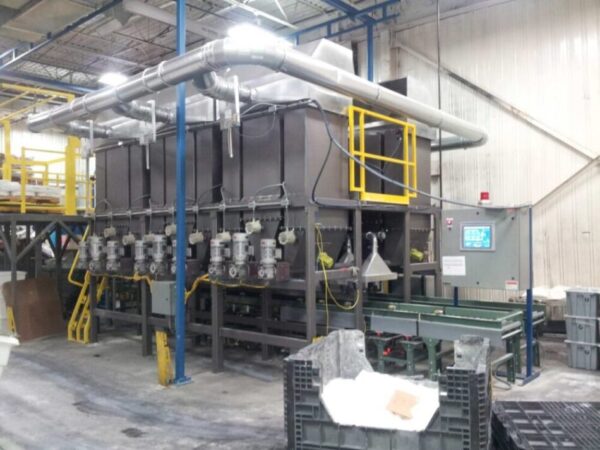Rubber Compounding

The first step in most rubber manufacturing processes is compounding. Rubber compounding involves the science and engineering of rubbers and rubber additives, such as processing aids, fillers, and curing agents, in definite proportions to obtain a uniform mixture with desirable physical and chemical properties at low cost and end-use performance. Rubber compounds can take rubber’s natural resilience and supercharge it. Some rubbers need to be more resilient than others and vice versa. That’s where specific rubber compounds come into play. Rubber specialists are able to modify resiliency to exact specifications for customers.
Compounding rubber requires the accurate batching of ingredients together for further process. Most often to produce a rubber compound a combination of plastic resin (pellets, flakes, powders, or liquid) is combined with other materials, including liquids and/or bulk solid materials. Sterling Systems & Controls, Inc. designed and supplied a customized batching system for a rubber compounding application where industrial hoses and fittings are manufactured. This rubber batching system includes a minor ingredient batching system, a hand-add semi-automatic hand-add batching system, dust collection, automatic indexing of totes (also provided by Sterling Systems & Controls) and a state-of-the-art automation control system including standard Allen Bradley PanelView+ touchscreen HMI’s and PLC, and a Sterling Systems customized FactoryTalk ME software application. Electrical controls are also provided.